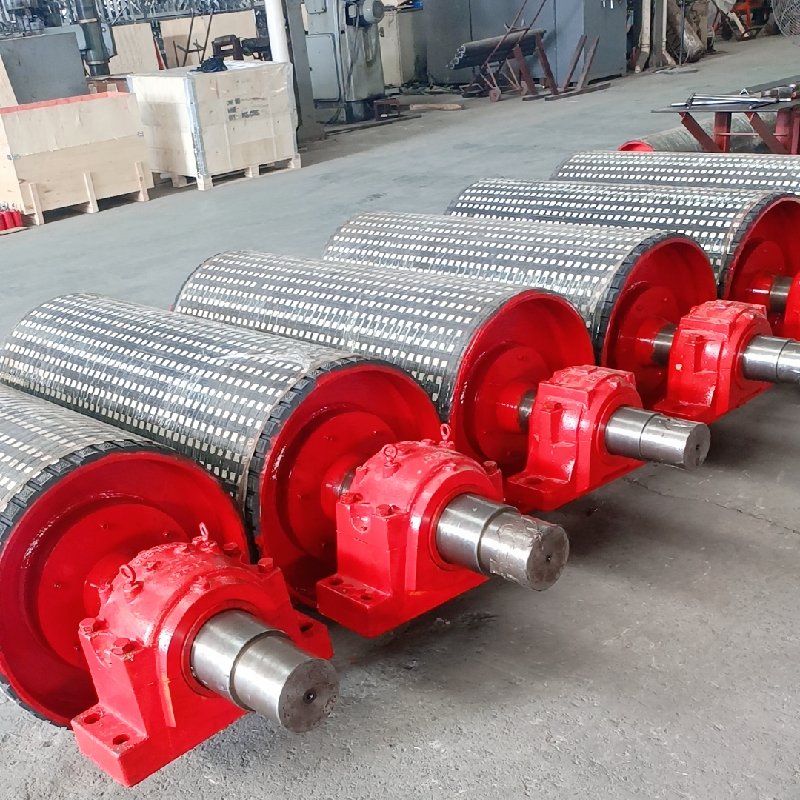 Afrikaans
Afrikaans  Albanian
Albanian  Amharic
Amharic  Arabic
Arabic  Armenian
Armenian  Azerbaijani
Azerbaijani  Basque
Basque  Belarusian
Belarusian  Bengali
Bengali  Bosnian
Bosnian  Bulgarian
Bulgarian  Catalan
Catalan  Cebuano
Cebuano  Corsican
Corsican  Croatian
Croatian  Czech
Czech  Danish
Danish  Dutch
Dutch  English
English  Esperanto
Esperanto  Estonian
Estonian  Finnish
Finnish  French
French  Frisian
Frisian  Galician
Galician  Georgian
Georgian  German
German  Greek
Greek  Gujarati
Gujarati  Haitian Creole
Haitian Creole  hausa
hausa  hawaiian
hawaiian  Hebrew
Hebrew  Hindi
Hindi  Miao
Miao  Hungarian
Hungarian  Icelandic
Icelandic  igbo
igbo  Indonesian
Indonesian  irish
irish  Italian
Italian  Japanese
Japanese  Javanese
Javanese  Kannada
Kannada  kazakh
kazakh  Khmer
Khmer  Rwandese
Rwandese  Korean
Korean  Kurdish
Kurdish  Kyrgyz
Kyrgyz  Lao
Lao  Latin
Latin  Latvian
Latvian  Lithuanian
Lithuanian  Luxembourgish
Luxembourgish  Macedonian
Macedonian  Malgashi
Malgashi  Malay
Malay  Malayalam
Malayalam  Maltese
Maltese  Maori
Maori  Marathi
Marathi  Mongolian
Mongolian  Myanmar
Myanmar  Nepali
Nepali  Norwegian
Norwegian  Norwegian
Norwegian  Occitan
Occitan  Pashto
Pashto  Persian
Persian  Polish
Polish  Portuguese
Portuguese  Punjabi
Punjabi  Romanian
Romanian  Russian
Russian  Samoan
Samoan  Scottish Gaelic
Scottish Gaelic  Serbian
Serbian  Sesotho
Sesotho  Shona
Shona  Sindhi
Sindhi  Sinhala
Sinhala  Slovak
Slovak  Slovenian
Slovenian  Somali
Somali  Spanish
Spanish  Sundanese
Sundanese  Swahili
Swahili  Swedish
Swedish  Tagalog
Tagalog  Tajik
Tajik  Tamil
Tamil  Tatar
Tatar  Telugu
Telugu  Thai
Thai  Turkish
Turkish  Turkmen
Turkmen  Ukrainian
Ukrainian  Urdu
Urdu  Uighur
Uighur  Uzbek
Uzbek  Vietnamese
Vietnamese  Welsh
Welsh  Bantu
Bantu  Yiddish
Yiddish  Yoruba
Yoruba  Zulu
Zulu Exploring the Impact of Lagging Rubber on Industrial Applications and Performance
The Challenges and Innovations in Lagging Rubber
Lagging rubber, a crucial material in various industrial applications, plays a significant role in enhancing the performance and lifespan of equipment. Used primarily in mining, construction, and manufacturing, lagging rubber refers to the rubber lining applied to rollers and pulleys. Its functions include providing traction, protecting surfaces from wear and tear, and reducing noise and vibrations. However, the production and application of lagging rubber come with challenges that require innovative solutions.
One of the primary challenges in the production of lagging rubber is the sourcing of quality raw materials. Natural rubber, often preferred for its elasticity and durability, can vary significantly in quality based on its source and processing methods. Synthetic rubbers, while more consistent, may not always provide the same level of performance as their natural counterparts. Manufacturers must navigate these complexities to create an optimal blend that meets the specific requirements of different applications.
Moreover, the production process itself poses various challenges. The compounding of rubber to ensure the right blend of properties—such as hardness, abrasion resistance, and tensile strength—requires sophisticated equipment and skilled operators. Any variations during the mixing, curing, and molding stages can lead to defects that impact the performance of the final product. Continuous quality control measures are essential to minimize these risks and ensure that the lagging rubber meets industry standards.
Once produced, the application of lagging rubber presents another set of challenges. Installation requires precision to ensure that the rubber adheres well to the underlying surfaces. Improper installation can lead to delamination or premature wear, negating the benefits of using lagging rubber in the first place. Additionally, the working environment—often harsh and demanding—can significantly impact the durability of the rubber. Factors such as temperature fluctuations, exposure to chemicals, and mechanical stress need to be carefully considered.
lagging rubber

Despite these challenges, the industry has seen considerable innovations aimed at improving lagging rubber's performance and application processes. Advances in material science have led to the development of new formulations that enhance the durability and effectiveness of lagging rubber. For instance, incorporating additives such as carbon black, which increases the rubber’s abrasion resistance, or using reinforcing agents to improve tensile strength has revolutionized the material’s capabilities.
Furthermore, the advent of advanced manufacturing techniques, including 3D printing and computer-aided design (CAD), allows for more precise production of lagging rubber components. These technologies enable manufacturers to design tailored solutions for specific machinery, enhancing performance and extending the life of the equipment. For example, custom-shaped lagging can be produced to fit various pulleys and rollers, ensuring optimal contact and efficiency.
Sustainability is also becoming a focal point within the lagging rubber industry. As environmental concerns rise, manufacturers are exploring ways to produce rubber more sustainably. This includes sourcing raw materials from renewable resources and developing recycling methods for used rubber products. By adopting these practices, the industry can reduce its carbon footprint and contribute to a more sustainable future.
In conclusion, while lagging rubber plays an indispensable role in various industries, its production and application are not without challenges. However, ongoing innovations and advancements present exciting opportunities for improvement. By addressing these challenges through improved materials, technology, and sustainable practices, the lagging rubber industry can continue to evolve and meet the ever-increasing demands of modern industrial applications. As the landscape of global manufacturing continues to change, staying ahead of these challenges will be crucial for manufacturers aiming to deliver high-quality, durable, and efficient rubber solutions.
-
Revolutionizing Conveyor Reliability with Advanced Rubber Lagging PulleysNewsJul.22,2025
-
Powering Precision and Durability with Expert Manufacturers of Conveyor ComponentsNewsJul.22,2025
-
Optimizing Conveyor Systems with Advanced Conveyor AccessoriesNewsJul.22,2025
-
Maximize Conveyor Efficiency with Quality Conveyor Idler PulleysNewsJul.22,2025
-
Future-Proof Your Conveyor System with High-Performance Polyurethane RollerNewsJul.22,2025
-
Driving Efficiency Forward with Quality Idlers and RollersNewsJul.22,2025





























